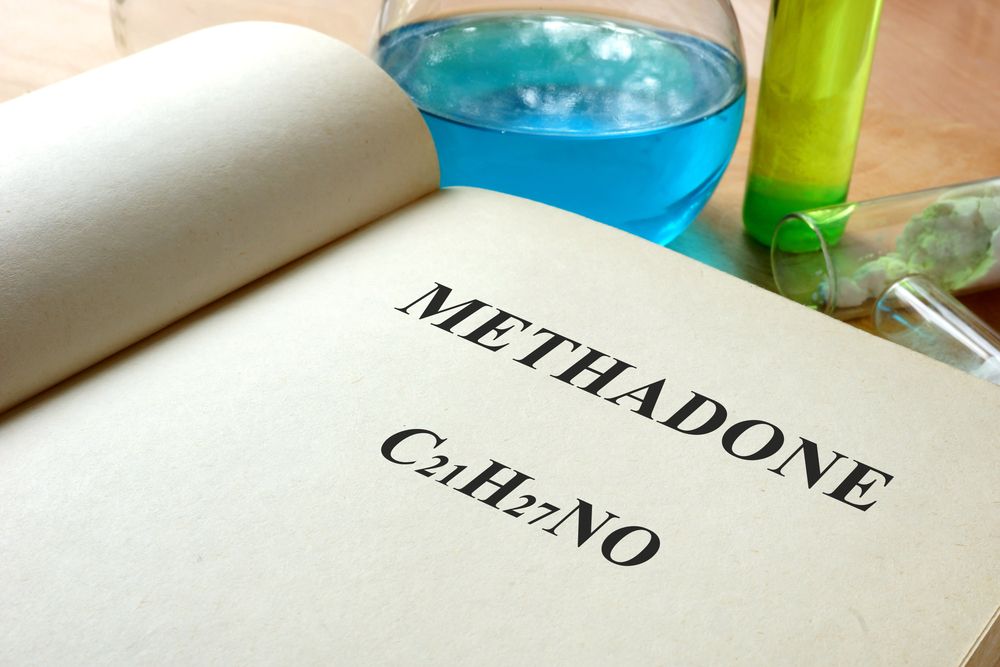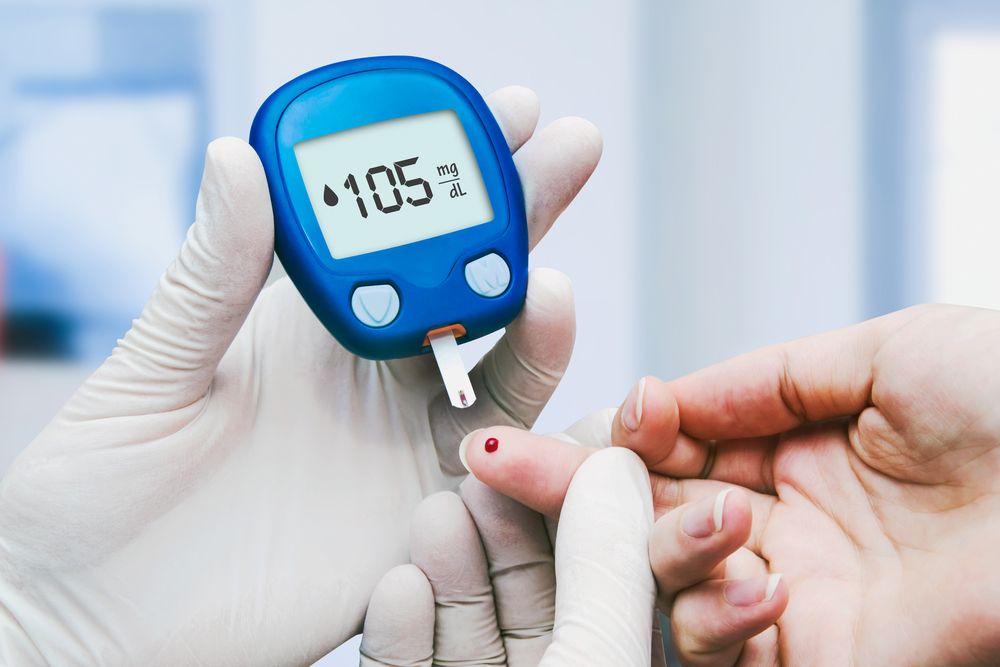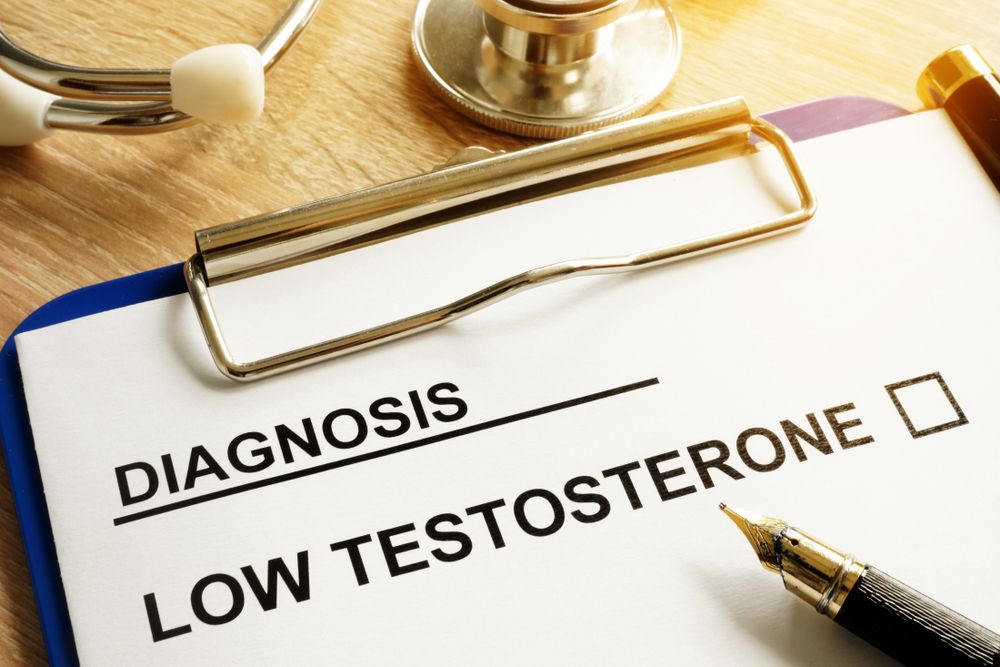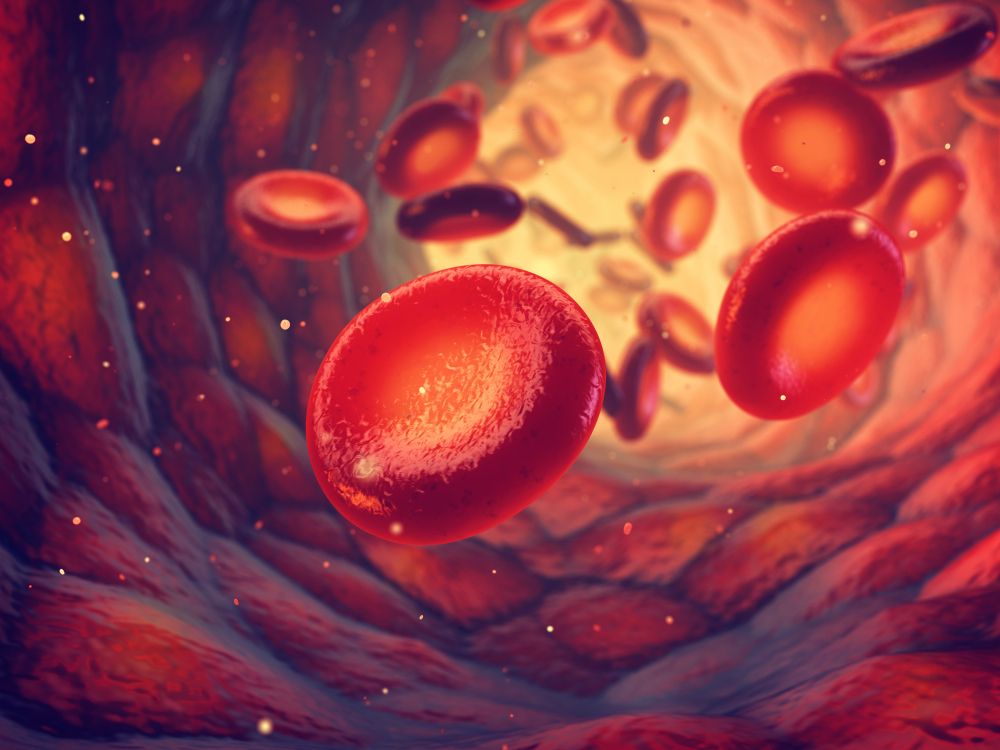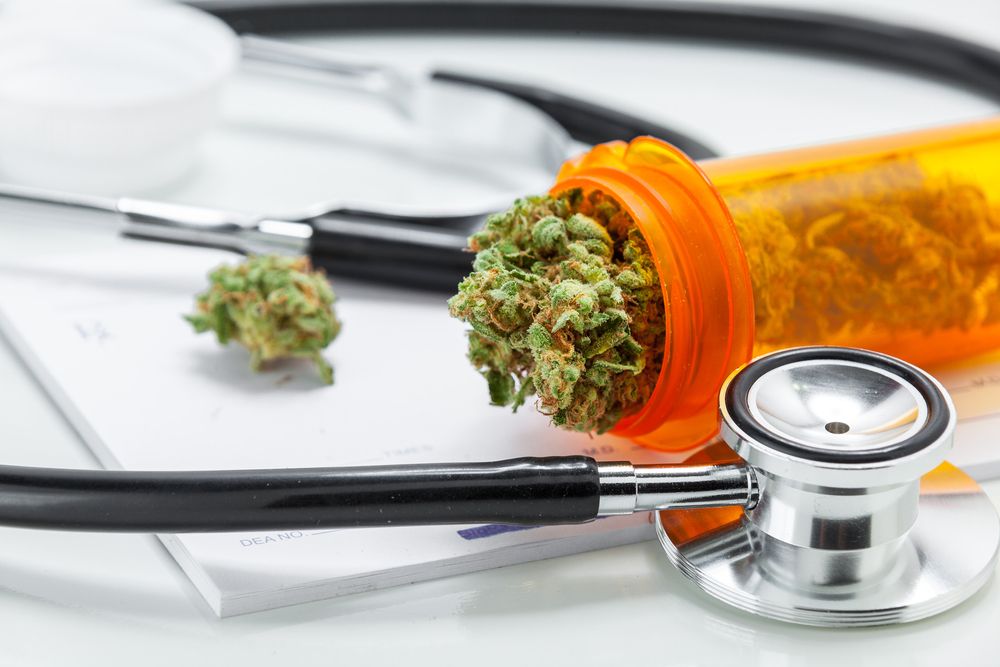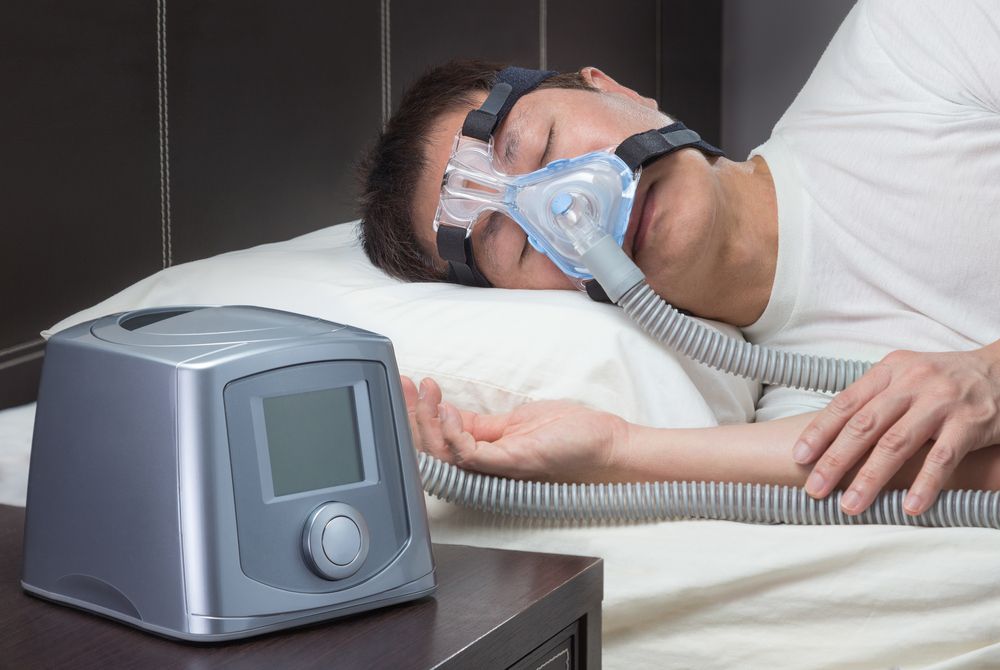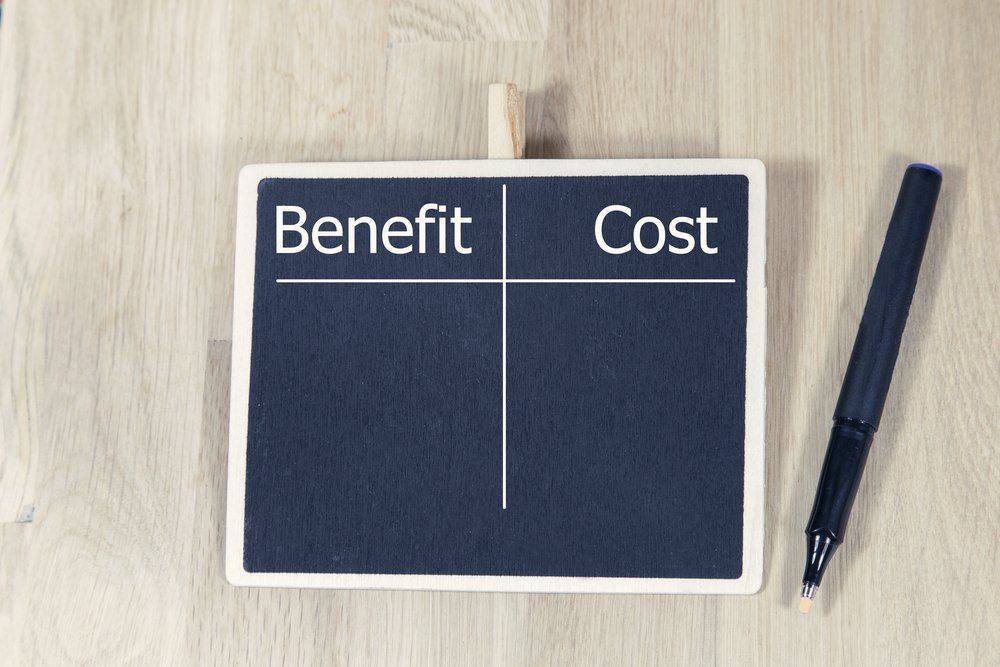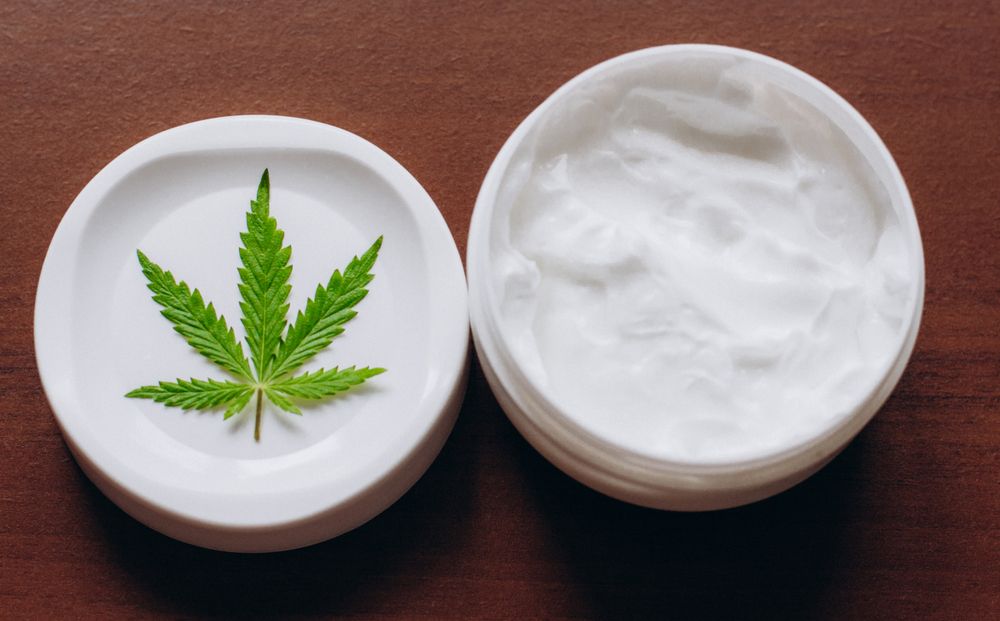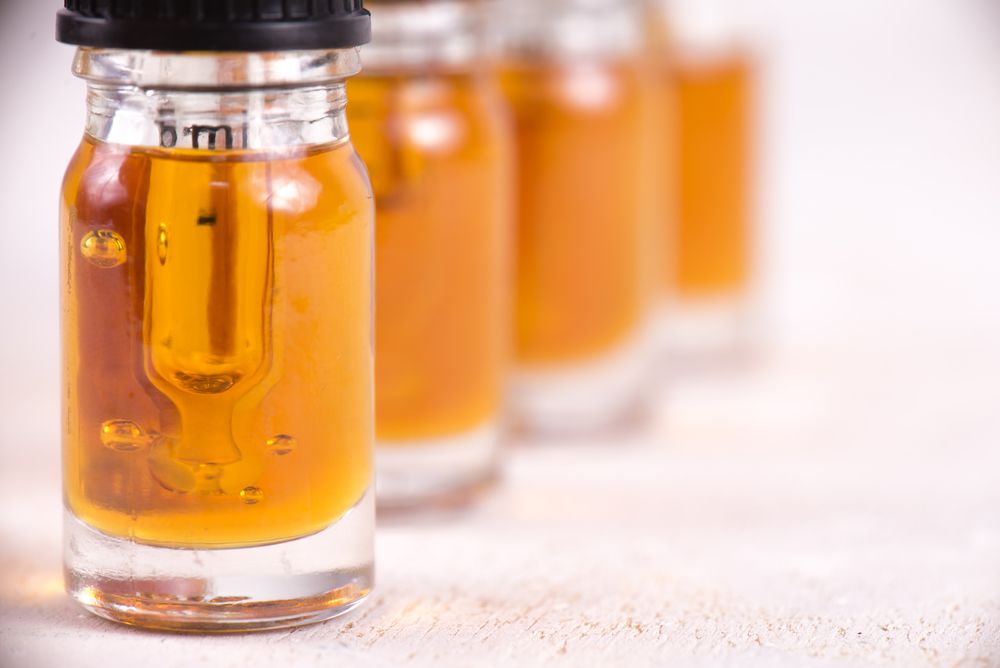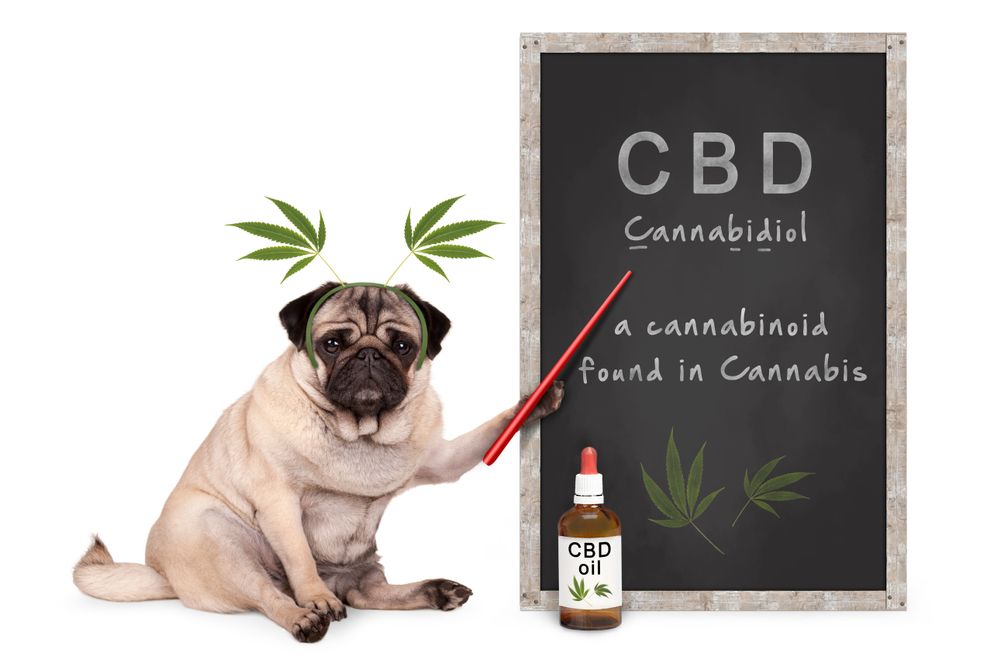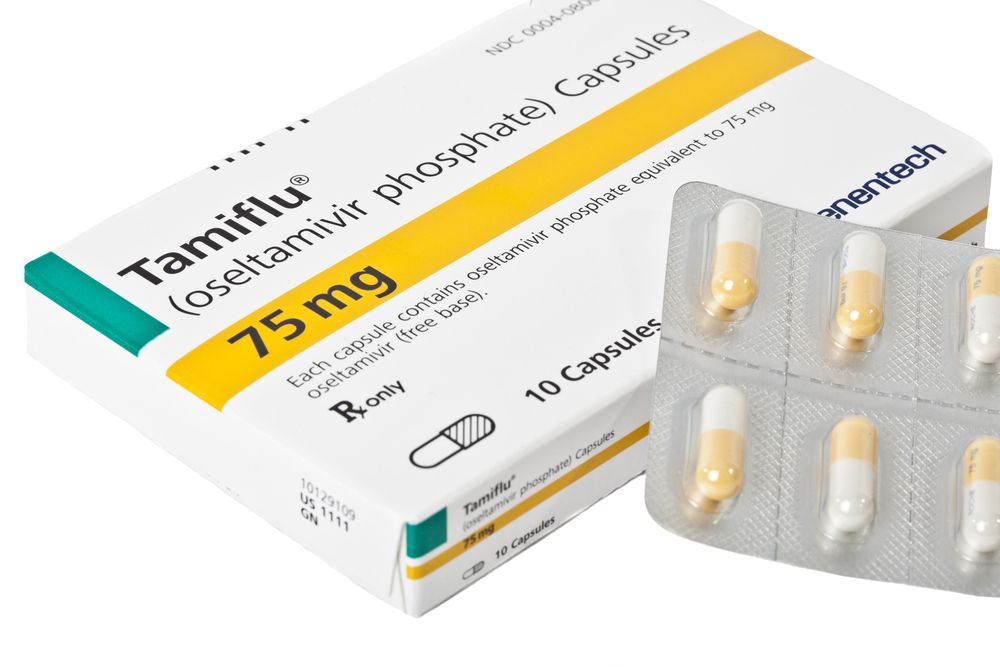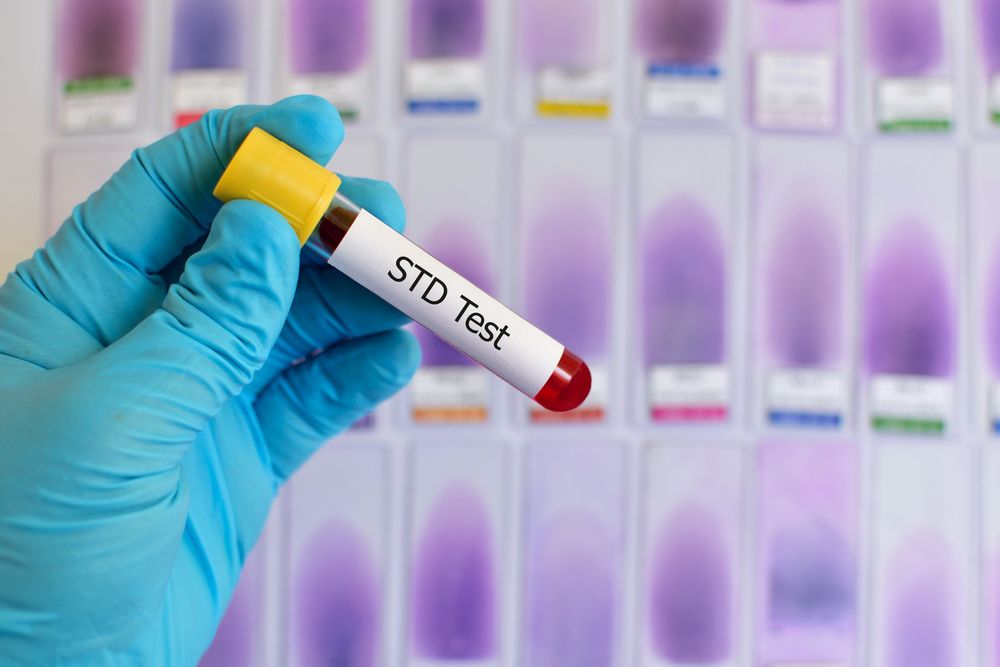Medication-assisted treatment (MAT) involves the use of medications to treat substance use disorders and support long term recovery. (Learn More – What Is Medication-Assisted Treatment?)
While this approach can take many forms, MAT practitioners often use Methadone or Suboxone to treat clients with opioid use disorders.
These medications function somewhat differently, but both are designed to alleviate symptoms of opioid withdrawal, thereby reducing the risk of relapse. There are distinct protocols for prescribing and administering these drugs, and treatment must be supervised by a qualified medical professional on an ongoing basis.
Methadone is a full opioid agonist, meaning it targets the same receptors as illicit and prescription narcotics. (Learn More – Methadone)
Some people may remain on the drug indefinitely, maintaining a consistent treatment routine while abstaining from opioids and other drugs. (Learn More – Methadone Maintenance)
Like many medications, methadone offers a mix of clear benefits and (Learn More – The Advantages of Using Methadone) and significant drawbacks. (Learn More – The Downsides of Using Methadone)
Conversely, Suboxone contains two active ingredients: buprenorphine, a partial opioid agonist, and naloxone, an opioid antagonist.(Learn More – Suboxone)
While these medicines complement each other in many respects, (Learn More – The Advantages of Using Suboxone) Suboxone also presents potential downsides. (Learn More – The Downsides of Using Suboxone)
Because these medications are controlled substances, you can only obtain them by consulting a trained physician. Indeed, attempting to obtain these drugs illegally or via online marketplaces can be exceedingly dangerous. (Learn More – Where Are These Drugs Available?)
In this article, we’ll briefly describe the benefits and functions of each medication, as well as how they’re typically administered to recovering opioid users. Then we’ll explain how to access these drugs, safely, legally and under medical supervision.
What Is Medication-Assisted Treatment?
Medication-assisted treatment (MAT) approaches are used to treat specific kinds of substance use disorders. In the case of opioid users, drugs such as methadone and Suboxone can relieve devastating withdrawal symptoms and psychological cravings for narcotics. The objective of these treatments is to provide safe, moderate levels of medication, breaking the cycle of progressive and destructive use.
However, these medications are not intended to be the sole treatment modality for opioid use disorders. Indeed, these drugs are designed to complement effective behavioral interventions, such as therapy and support group involvement.
The combination of these methods offers a holistic approach, addressing the physical and psychological dimensions of substance use simultaneously. MAT draws its name from this vision of comprehensive care: These medications assist other treatment modalities, but do not replace them.
Considering Medications for Opioid Use Disorder with Your Doctor
As we emphasized earlier, MAT treatments require the oversight of a physician or trained medical professional. Accordingly, your doctor will inquire about many aspects of your medical history and substance use in an effort to determine whether methadone or buprenorphine might be appropriate. If your primary care provider is not trained in the administration of these medications, you can ask for a referral or research local resources yourself.
Prescribing protocols for these medications suggest that physicians perform comprehensive assessments of medical, psychological and social factors prior to initiating treatment. While your assessment with your doctor will be tailored to your particular needs and concerns, expect to discuss the following subjects.
- Your current or potential symptoms of physical withdrawal
- Any medical conditions that may affect the use of medication
- Any psychological, emotional or cognitive issues that may be relevant to treatment
- Your readiness to change your behavior concerning substance use
- Your history of or potential for relapse
- Your current living environment and support network
In addressing each topic, strive to speak as honestly as possible. While these discussions can be difficult, transparency will only aid in your treatment.
Getting Started: Medications for Opioid Use Disorder
MAT approaches can vary significantly, and they operate in many clinical settings. Generally, however, the administration of medications such as methadone and Suboxone starts with a process to manage withdrawal and support long term recovery. This process typically entails:
- Starting with a dose large enough to control withdrawal symptoms and then gradually tapering the dose down (with the exception of some methadone patients)
- Supplementing with other medications that might manage withdrawal and cravings, such as clonidine
- Getting the individual involved in a comprehensive treatment program as soon as possible.
Whether you’re beginning a regimen of methadone or Suboxone, the initial treatment priorities will be safety, comfort and a stable foundation for future progress. From there, however, methadone and Suboxone differ in several key respects.
Methadone
Methadone has been used for decades to help individuals recover from opioid use disorders. Available in liquid, powder or wafer forms, it is typically taken once daily. As an opioid agonist, it acts directly upon the brain’s opioid receptors, reducing cravings. Additionally, it blunts the effects of illicit opioids, should a patient attempt to use drugs in addition to their prescribed methadone dose.
Methadone is closely regulated and often administered through clinics, rather than by single practitioners. These clinics monitor client’s adherence to program guidelines, including abstinence from other drugs. Some clients, after demonstrating that they will not abuse methadone or other narcotics, may be able to attend these clinics less frequently. In these cases, clients are typically given a small amount of the drug to cover their needs for a certain period of time, such as a week.
Medicinal doses of methadone can vary significantly, but should not exceed 30 to 40 mg initially. Doses vary depending on the individual, their tolerance, and the length of time they’ve been using the drug.
Methadone Maintenance
In contrast to programs intended to gradually wean clients off methadone, some facilities view ongoing maintenance of methadone treatment as a valuable treatment outcome in its own right. People in these programs continue to use methadone indefinitely. Most often, clients are chronic substance users who have experienced numerous relapses.
Maintenance programs have demonstrable advantages, including fewer health risks than illicit drug use and marked reductions in criminal behavior among clients. Still, some experts take issue with this model of ongoing dependence, which ties clients to clinics for the foreseeable future.
The Advantages of Using Methadone
Methadone possesses distinct advantages, and has a long treatment track record in the U.S. Here are some of its particular benefits in the treatment of opioid use disorder.
- Methadone has been used for decades.
- Methadone is typically less expensive than other opioid replacement drugs such as Suboxone.
- Only one dose per day is usually needed.
- Doses can easily be increased if tolerance has developed.
The Downsides of Using Methadone
Methadone does have some distinct disadvantages, many of which concern ongoing dependence.
- Methadone is highly addictive, and users can quickly develop a physical dependence.
- Frequent visits to clinics may be logistically challenging and even prevent travel.
- Methadone tapering programs are somewhat more complicated than tapering programs with other drugs.
- Methadone withdrawal symptoms can be excruciating, even relative to withdrawal from other controlled substances.
Suboxone
Suboxone, a patented combination of naloxone and buprenorphine, represents a viable alternative to methadone for recovering opioid users.
To understand Suboxone, it’s essential to grasp its two active ingredients. First, naloxone is an opioid antagonist medication, often administered to those who overdose on opioids. It reverses the effects of opioid drugs and induces a withdrawal state. It is included in Suboxone as a safeguard against abuse.
Accordingly, if you take Suboxone pills regularly as directed, the naloxone in the drug will not be activated. If you attempt to abuse the drug, however, the naloxone will precipitate a withdrawal state.
The buprenorphine component actually treats opioid withdrawal symptoms. This is a partial opioid agonist, meaning that it covers the receptor sites in the brain that opioids typically target. As a result, those who take buprenorphine experience fewer cravings and withdrawal symptoms, but no pleasure typically associated with opioid use.
Suboxone is typically initiated with a dose of 0.5 to 1 mg. The prescribing physician may increase the dose in increments of 2 or 4 mg, depending on the reaction of the patient.
The Advantages of Using Suboxone
There are several key benefits to using Suboxone, including increased convenience.
- Much research supports the use of buprenorphine in MAT.
- After demonstrating compliance with treatment, clients can obtain larger quantities of medication, seeing their doctors less often.
- Clients can see doctors in non-clinic settings.
- Suboxone includes inherent deterrents to abuse.
- There is less overdose potential than with methadone.
The Downsides of Using Suboxone
There are some disadvantages to be aware of when considering Suboxone.
- It is more expensive than methadone. This can be a challenge for patients who have to pay out of pocket for their medications.
- Suboxone may produce uncomfortable physical side effects, including swelling and pain around one’s mouth.
Where Are These Drugs Available?
Methadone or Suboxone can only be prescribed by qualified physicians or medical professionals. As mentioned above, methadone is typically prescribed and administered out of certified methadone clinics. In order for physicians and other practitioners to prescribe Suboxone, they must first obtain permission to do so from the Drug Enforcement Administration.

Be wary of online sources that claim to be able to dispense these medications but do not require a prescription. If they do not require you to be evaluated in person or through a telemedicine platform, they are likely counterfeit operations. Even if you obtain real medications, you may be unwittingly participating in an illegal transaction.
As we hope this article makes clear, methadone and Suboxone can both be key tools in treating opioid disorders. But they will only be effective when used correctly under consistent supervision by a physician. If you’re interested in using these medications yourself, speak to your doctor about beginning your journey in recovery.
References
Medication-Assisted Treatment (MAT). (April 2019). Substance Abuse and Mental Health Services Administration.
Medication and Counseling Treatment. (May 2019). Substance Abuse and Mental Health Services Administration.
ASAM National Practice Guideline for the Use of Medications in the Treatment of Addiction Involving Opioid Use. (June 2015). American Society of Addiction Medicine.
Practice Guideline for the Treatment of Patients With Substance Use Disorders. (2010). American Psychiatric Association.
Methadone. (September 2019). Substance Abuse and Mental Health Services Administration.
Methadone Maintenance Treatment. (2009). World Health Organization.
How Are Methadone and Suboxone Different? (April 2019). Healthline.
Suboxone (buprenorphine and naloxone). (October 2018). MedicalNewsToday.
Methadone. (January 2019). RxList.
Suboxone. (February 2018). RxList.
Buprenorphine. (September 2019). Substance Abuse and Mental Health Services Administration.
Deregulating buprenorphine prescribing for opioid use disorder will save lives. (March 2019). STAT.
Black Market For Suboxone Gives Some a Glimpse of Recovery. (October 2018). Kaiser Health News.

